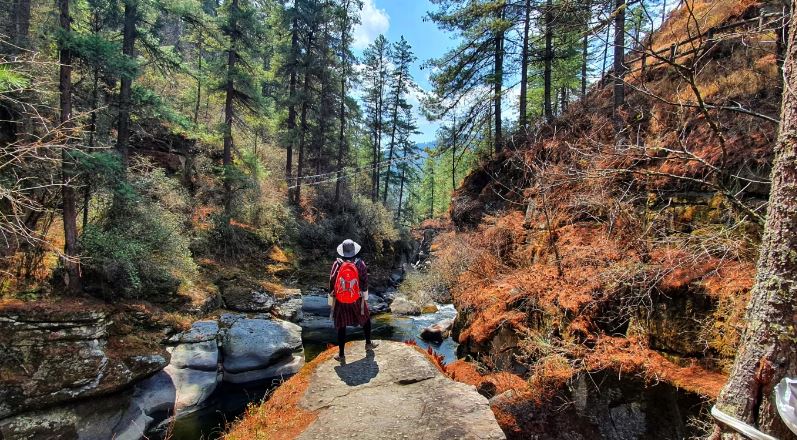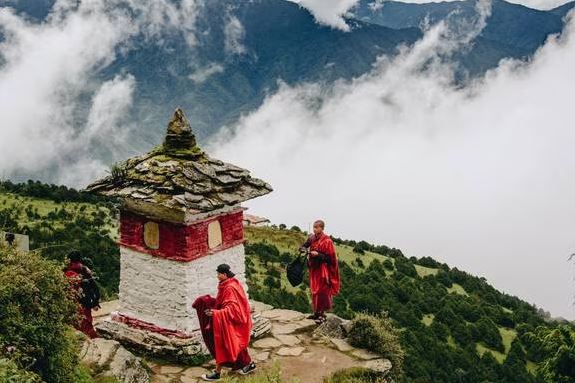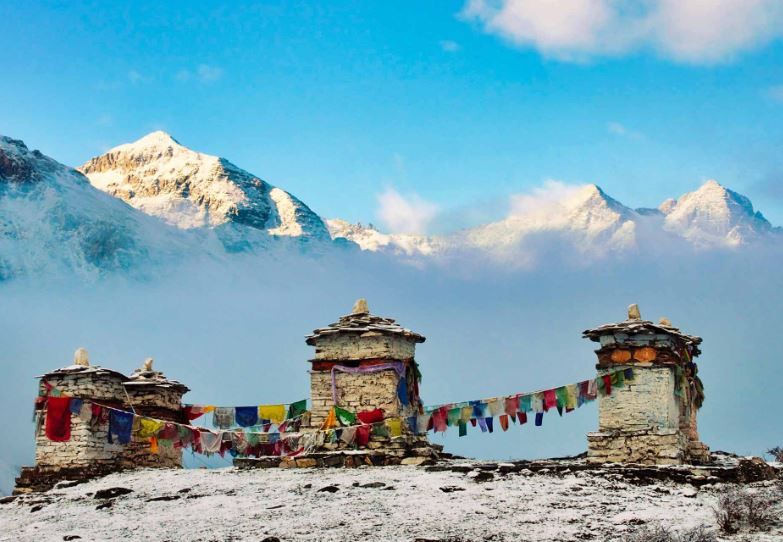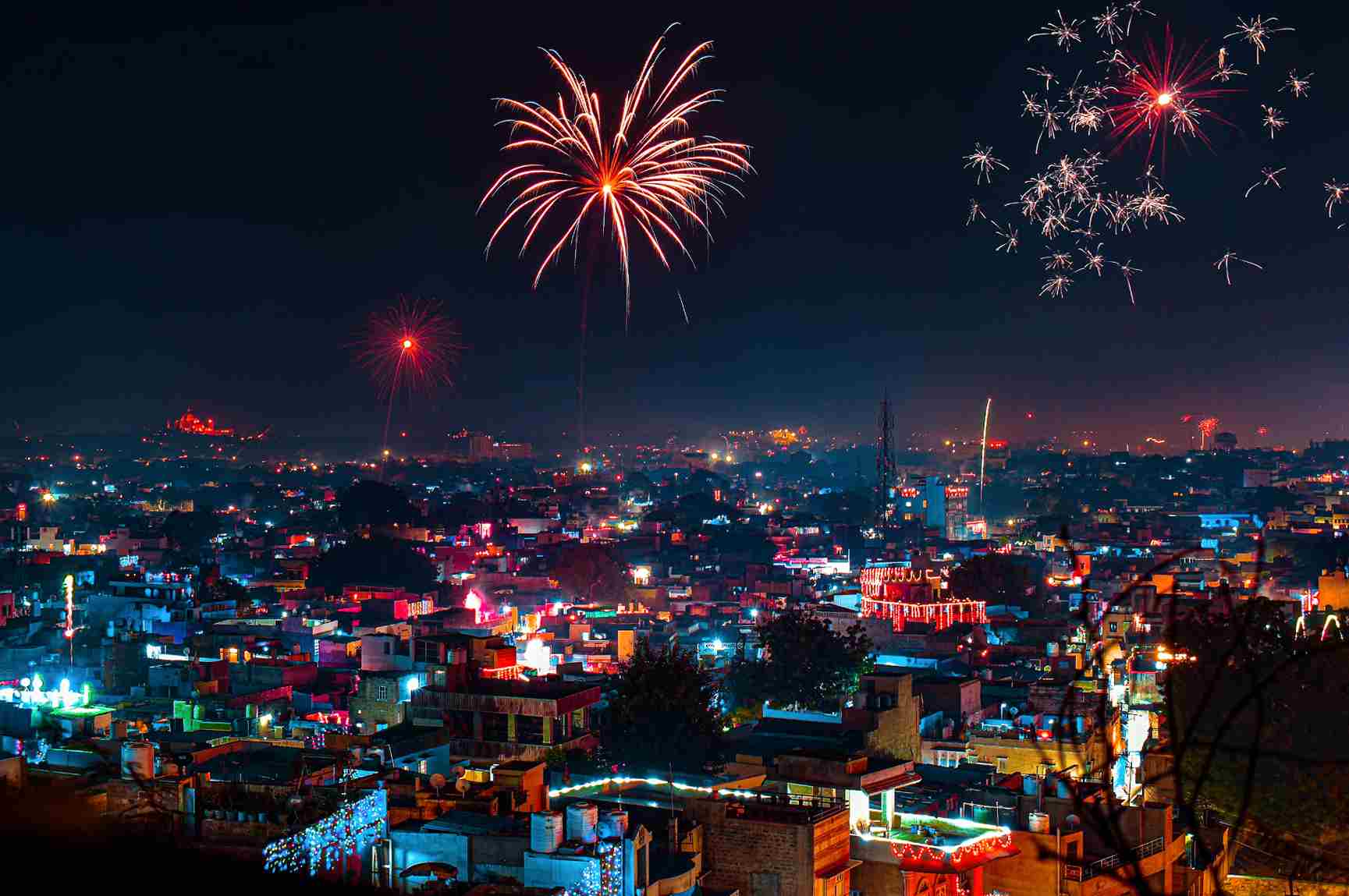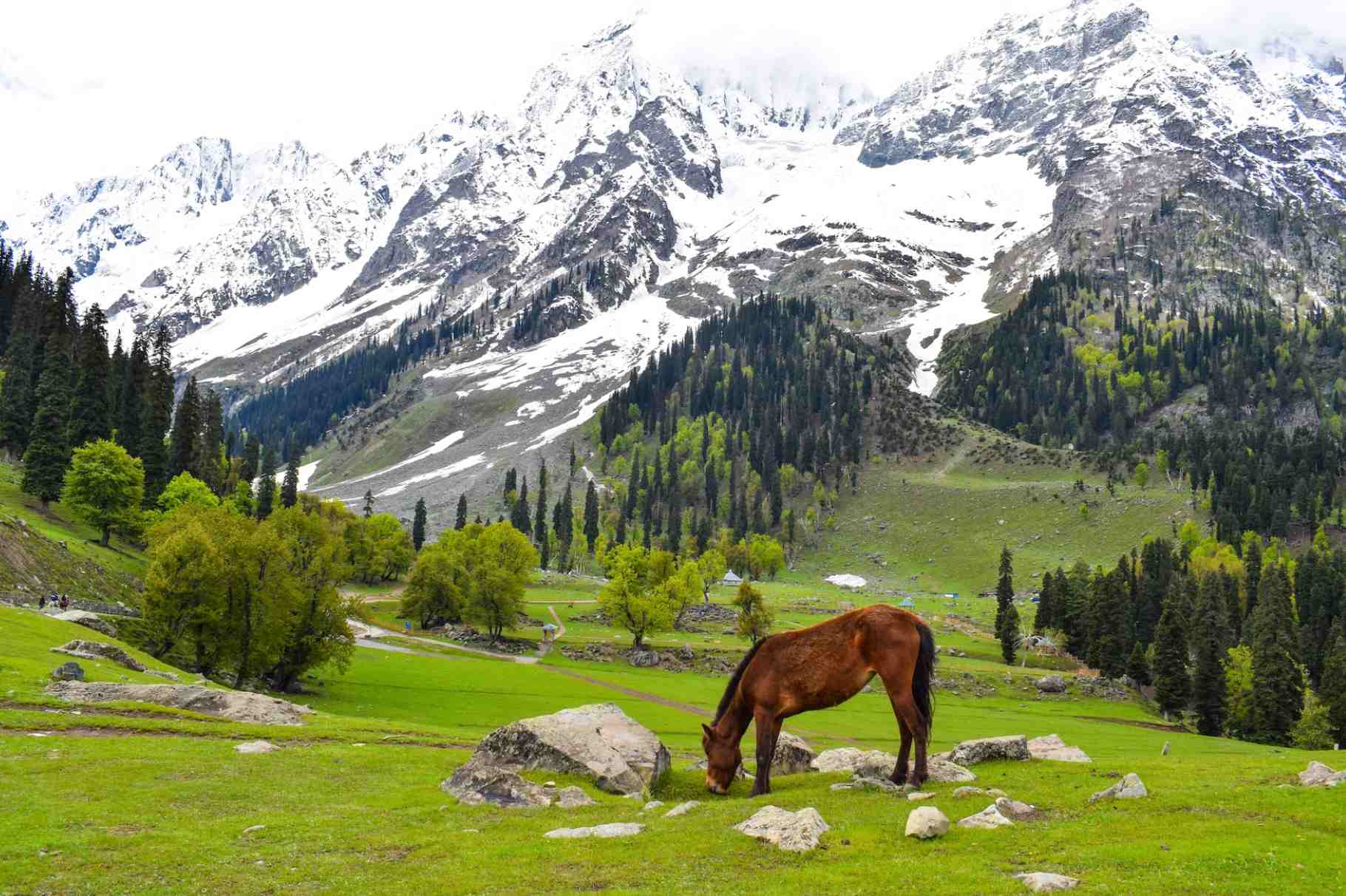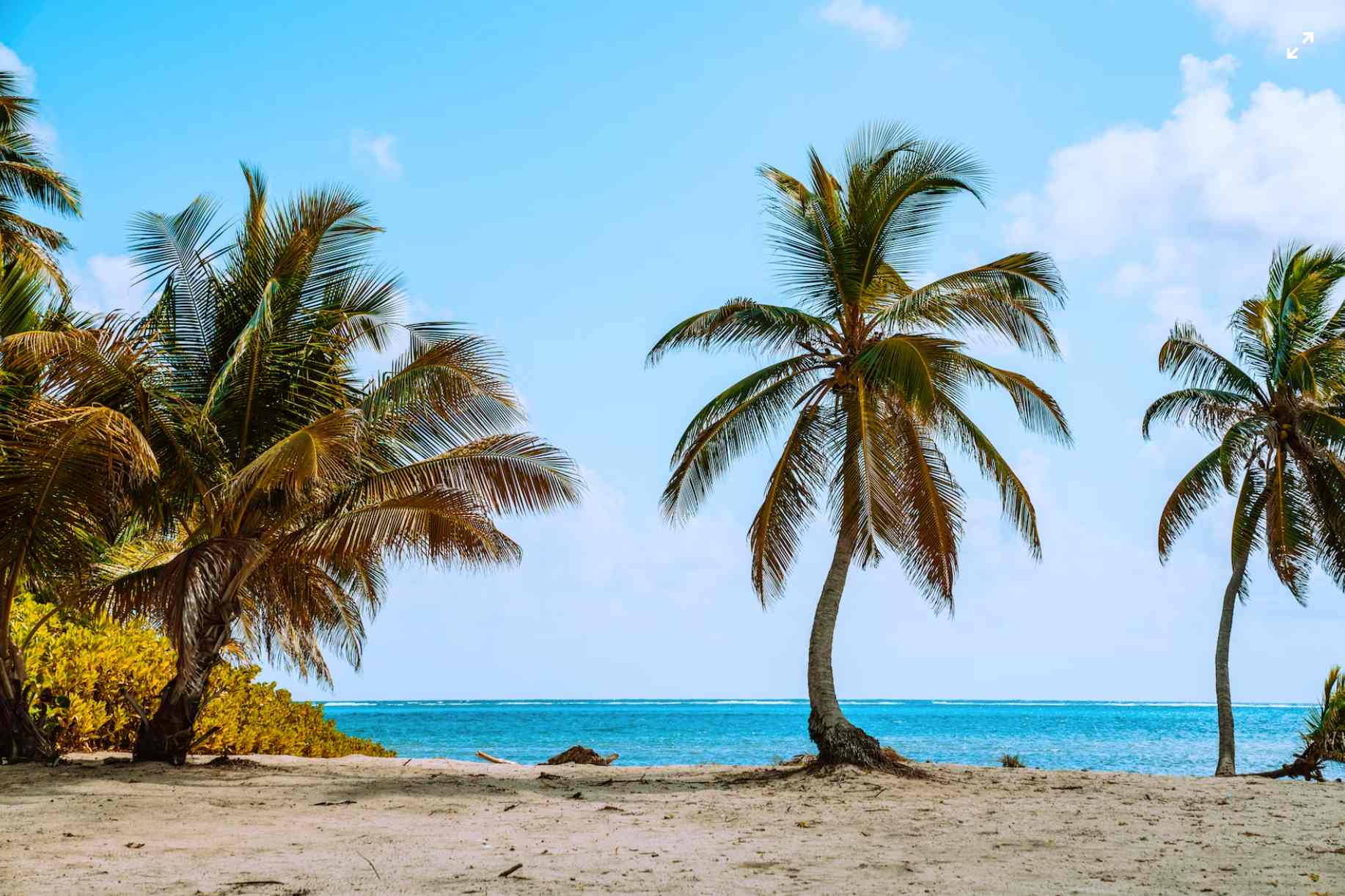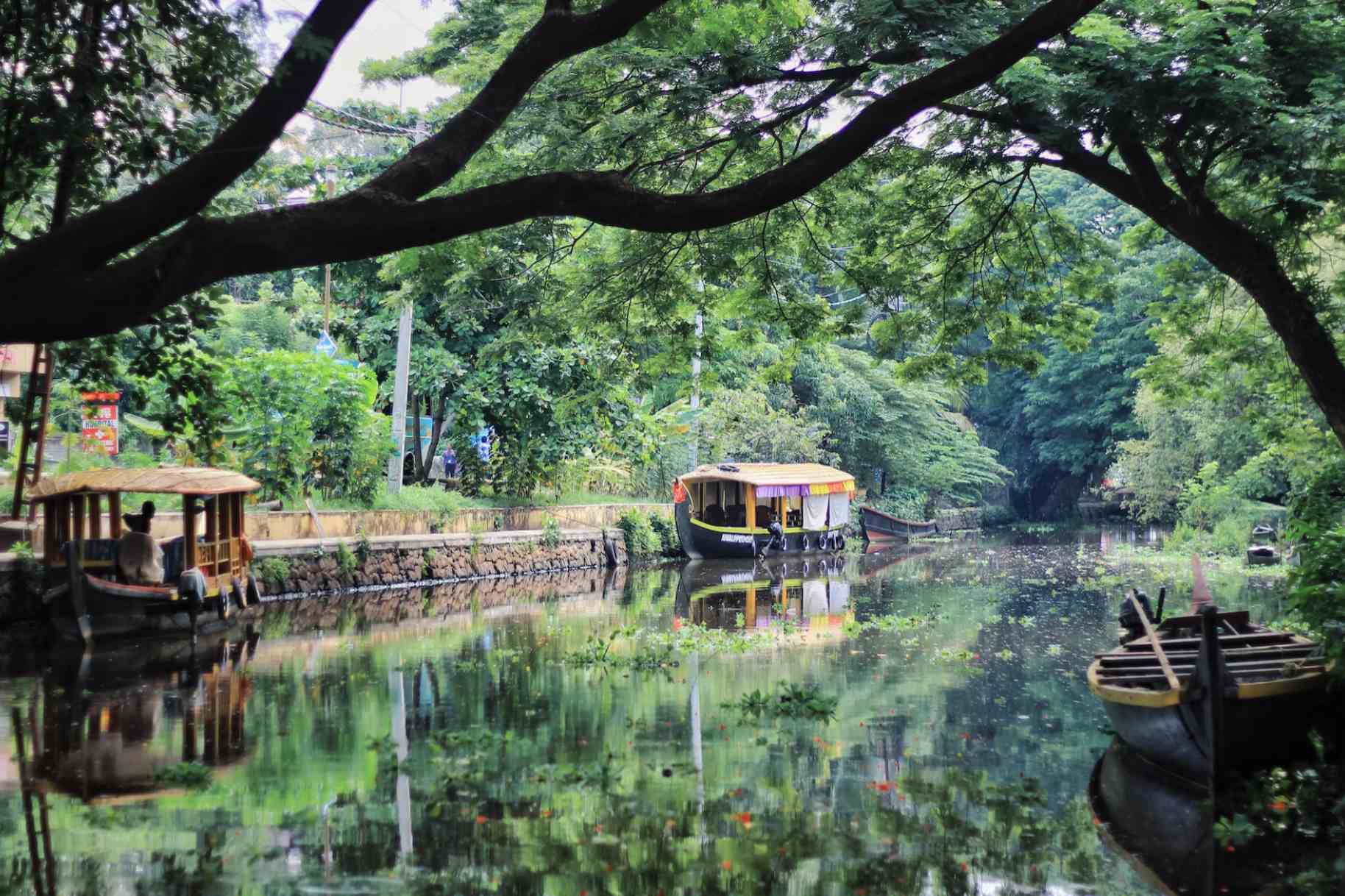Hiking the Trans-Bhutan Trail | Reviving the Forgotten Trail
 Maximum time to complete: 6 mins
Maximum time to complete: 6 mins
In the heart of Bhutan, where the world's tallest unclimbed mountain reigns, lies a path once obscured by the march of progress. The Trans-Bhutan Trail, a forgotten jewel, was born as a lifeline connecting Bhutan's remote communities. It thrived in an era when the first tarmacked road was introduced in 1962, carrying the promise of modernity. However, as the road unfurled, the echoes of trekkers on this historic trail grew faint. Bridges sagged, stone steps crumbled, and the path surrendered to the relentless embrace of forest and farmland.
For years, the Trans-Bhutan Trail lay dormant, biding its time. But then, in 2018, a royal decree breathed new life into this time-honoured route. His Majesty the King envisioned a restoration, a rekindling of a connection between locals and curious tourists with minimal impact on the environment. The dream was to bring this trail back to life, not just as a walk through the wilderness but as a bridge between cultures, communities, and nature.
The true renaissance came in 2020, a year that tested the world's resilience in unprecedented ways. In Bhutan, an extraordinary effort unfolded, led by the Bhutan Canada Foundation and supported by the Tourism Council of Bhutan. Over 900 furloughed workers, standing strong against the backdrop of a global pandemic, embarked on a mission to breathe life back into the Trans-Bhutan Trail. They resurrected 18 bridges and forged more than 10,000 stone steps, pulling the trail from the brink of obscurity.
But that's not all. In a stroke of innovation and forward-thinking, 170 "interactive signposts" were born from recycled plastic. Each of these signposts now proudly features QR codes, gateways to history, tales, and wisdom that tell the story of each section of the trail. These signposts, standing sentinel along the way, serve as storytellers and guides, weaving the past into the present.
The Trans-Bhutan Trail, once shrouded in the shadows of its own history, has emerged from obscurity. It beckons those with an adventurer's spirit, to walk in the footsteps of the past and be part of a profound journey towards a sustainable and culturally enriched future. This is the revival of a trail that was once forgotten, an opportunity to connect with the essence of Bhutan like never before, where adventure and inspiration meet under the Bhutanese sky.
It is not as long or as challenging as the Snowman Trek, but it still offers a beautiful and rewarding trekking experience. This trail runs from the Paro Valley in western Bhutan to the Thimphu Valley, the capital city, or vice versa.
Key features of the Trans-Bhutan Trail (Druk Path) include:
Duration: The Trans-Bhutan Trail is a substantial adventure, covering a duration of 36 days. Over this extensive period, you'll have the opportunity to explore the trail's vast expanse and immerse yourself in Bhutan's natural and cultural wonders.
Distance: Spanning across the country, the Trans-Bhutan Trail covers an impressive distance of 403 kilometres, making it a significant and rewarding trekking experience. As you traverse this remarkable trail, you'll witness diverse landscapes, historical sites, and the essence of Bhutan's beauty and heritage.
Scenery: The trail offers stunning views of the Bhutanese Himalayas, including iconic peaks such as Jomolhari and Gangkar Puensum. Trekkers can enjoy the pristine alpine environment with beautiful lakes and lush rhododendron forests.
Cultural Sites: Along the way, trekkers can visit several important cultural and historical sites, including ancient monasteries and dzongs (fortresses).
Elevation: The trail reaches altitudes of around 4,000 metres (13,000 feet), so it's important to acclimatise properly to avoid altitude-related issues.
Accessibility: The starting and ending points of the Trans-Bhutan Trail are well-connected to Paro and Thimphu, which are the main entry and exit points for international travellers to Bhutan.
Trekking Season: The best time to undertake the Trans-Bhutan Trail is during the trekking season in Bhutan, which is typically from late September to October and then again in April to early June.
While the Trans-Bhutan Trail is less challenging than the Snowman Trek, it still offers a fantastic opportunity to experience Bhutan's natural beauty and culture. Trekkers should arrange for a local guide, obtain necessary permits, and make sure they are physically prepared for the trek. Bhutan's trekking trails offer a unique and enriching adventure in the heart of the Himalayas.
Walking the Trans-Bhutan Trail
Walking the Trans-Bhutan Trail is an incredible adventure, but it's essential to approach it with some practical steps to ensure a smooth and enjoyable experience. Here's how you can get started:
1. Guided Tours: When it comes to the Trans-Bhutan Trail, a guide is your trusted companion. It's not just for safety; it's also about enriching your journey with local knowledge and cultural insights. You can arrange guided tours directly through the non-profit Trans Bhutan Trail at transbhutantrail.com.
2. Booking Packages: The Trans Bhutan Trail offers various packages to suit your preferences and schedule. Prices typically start from $297 for a two-day trip, but please note that this cost doesn't include the Sustainable Development Fee, which is $200 per day. Rest assured, your investment goes toward maintaining the trail and supporting local communities.
3. Accommodation Options: Accommodation along the Trans-Bhutan Trail is quite versatile. Depending on your chosen package, you might experience camping, homestays, or even enjoy the comfort of five-star hotels. For those who prefer a touch of luxury, Six Senses has five properties in Bhutan, and Como Hotels & Resorts also has properties in Paro and Punakha.
Walking the Trans-Bhutan Trail is not just about the journey but also about contributing to the well-being of local communities and preserving this pristine trail for generations to come. It's an adventure that combines breathtaking scenery, cultural immersion, and meaningful support for Bhutan's sustainable development.
Visas and Guided Exploration
To set foot on the enchanting terrain of Bhutan, visitors must first secure a tourist visa in advance. The process begins with the submission of essential documents, a detailed itinerary, plane tickets, and full payment for the journey, all coordinated through the Tourism Council of Bhutan, as outlined on the country's tourism website. Thankfully, the visa issuance is a digital process, sparing you the need to part with your precious passport.
While the Trans-Bhutan Trail itself doesn't necessitate permits, Bhutan mandates the presence of a constant companion, affectionately known as a guide, throughout your entire stay in the country. This knowledgeable guide isn't just for the trail but accompanies you for the duration of your tourist sojourn.
Tour packages can be acquired directly from the official website, yet autonomous hiking ventures are not permitted.
Exploring the Trail
The revival of the Trans-Bhutan Trail was a labor of love that spanned three years, with unwavering support from Bhutan's monarchy and the Bhutan Canada Foundation. The restoration effort was so monumental that Bhutan now imposes a Sustainable Development Fee of $200 per person per day for the privilege of hiking the Trans-Bhutan Trail. Many of the guided trek packages available online include this fee, along with the indispensable services of your guide and additional benefits.
It's essential to note that this fee must be settled in advance to obtain your tourist visa. As you embark on the month-long adventure that the trail offers, paying the Sustainable Development Fee upfront translates to $6,000 for 30 days of exploration. However, this sum does not encompass the costs of the visa, your guide's services, plane tickets, or the sustenance required during the expedition.
In sum, an estimate for completing the entire trail would typically fall in the range of $11,000 to $20,000. For instance, booking the comprehensive 35-night trek through Bhutan's official website would amount to $20,400 per person.
Rest assured that every cent you invest in this remarkable experience contributes directly to the preservation and upkeep of the Trans-Bhutan Trail. After guides receive their share, all profits are dedicated to safeguarding this pristine natural wonder.
Despite the financial commitment and logistical intricacies, there is an indisputable consensus that the Trans-Bhutan Trail is an unparalleled gem. Its breathtaking landscapes, complemented by the presence of nine ancient Dzong fortresses, create an adventure unlike any other on the face of the Earth.
The Route
Walking the Trans-Bhutan Trail is not just about the journey but also about contributing to the well-being of local communities and preserving this pristine trail for generations to come. It's an adventure that combines breathtaking scenery, cultural immersion, and meaningful support for Bhutan's sustainable development.
The Trans-Bhutan Trail beckons intrepid souls to embark on a 36-day odyssey through the heart of Bhutan. Covering a distance of 403 kilometres, this journey is a testament to the captivating fusion of nature, culture, and adventure that Bhutan has to offer. As you tread along this remarkable path, you'll encounter awe-inspiring landscapes, delve into the rich tapestry of Bhutanese heritage, and create enduring memories.
So, whether you're a seasoned trekker seeking a new challenge or a traveller with a thirst for unique and enriching experiences, the Trans-Bhutan Trail promises an extraordinary adventure. It's an opportunity to connect with the essence of Bhutan, to discover its hidden gems, and to be part of a legacy that embraces sustainability and cultural richness.
As you journey from Haa in the west to Trashigang in the east, let the Trans-Bhutan Trail etch a story in your heart, one that reflects the harmony of tradition and nature in this enchanting kingdom. This trail stands as an open invitation to all who seek an exceptional and unforgettable voyage in the Land of the Thunder Dragon.
Disclaimer: Sneakout claims no credit for images featured on our blog site unless otherwise noted. All visual content is copyrighted to its respectful owners.
